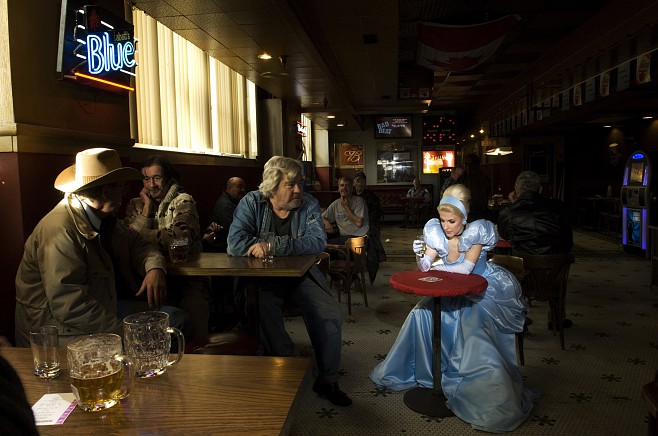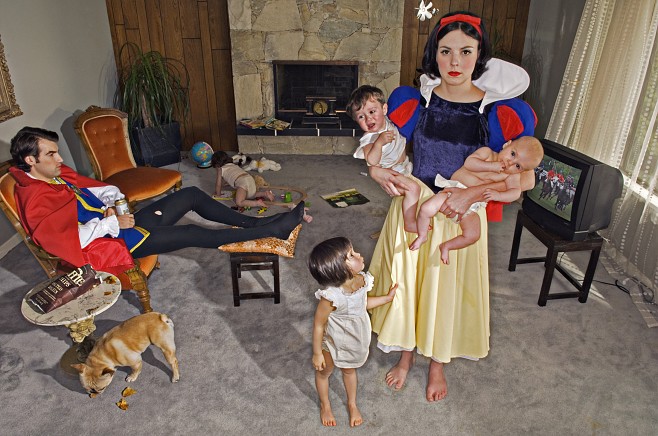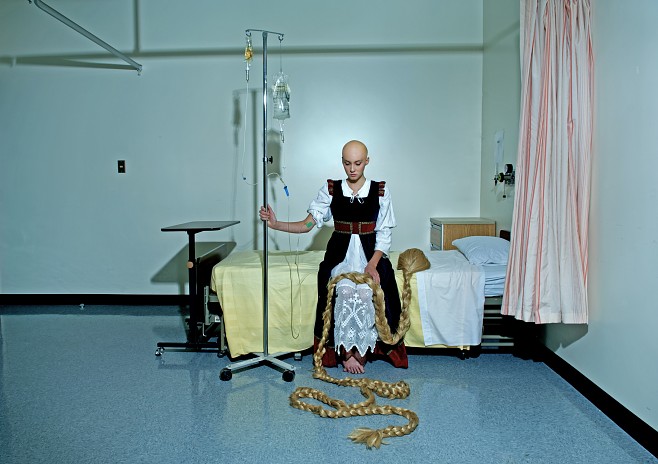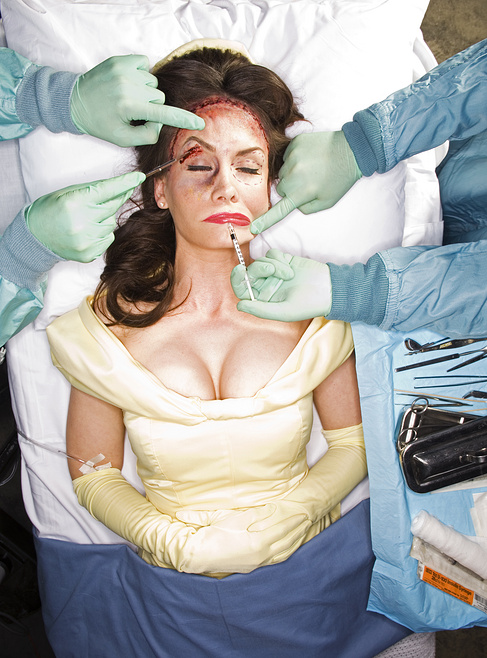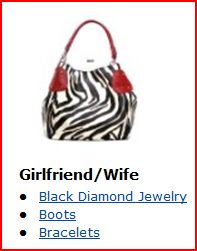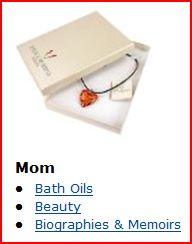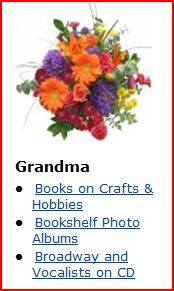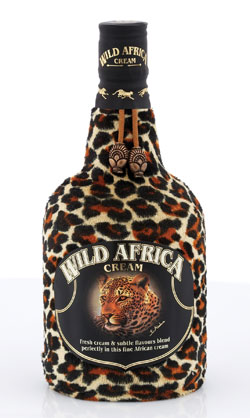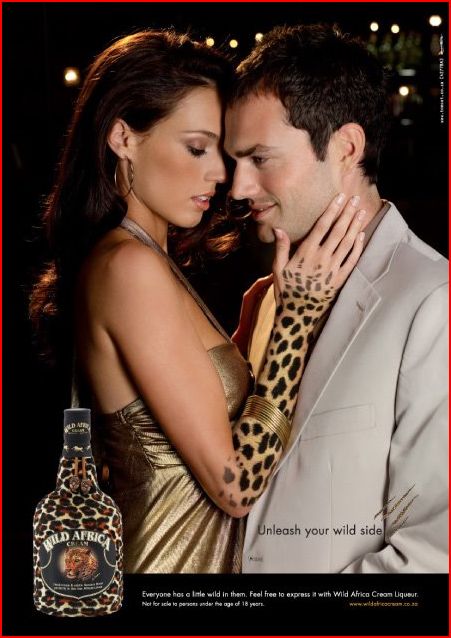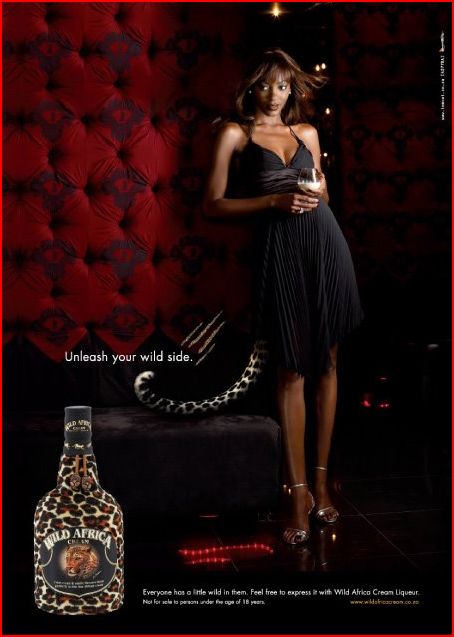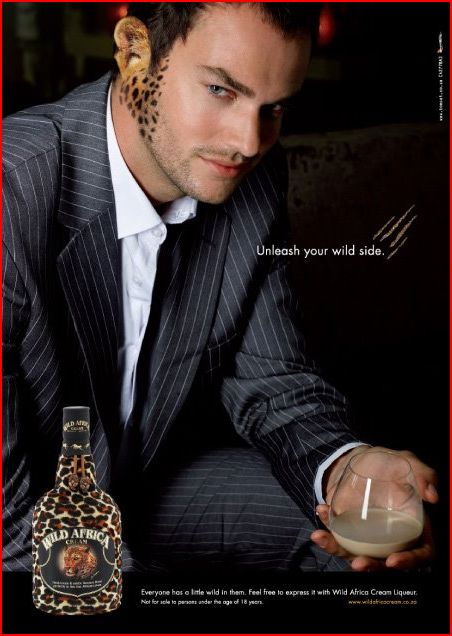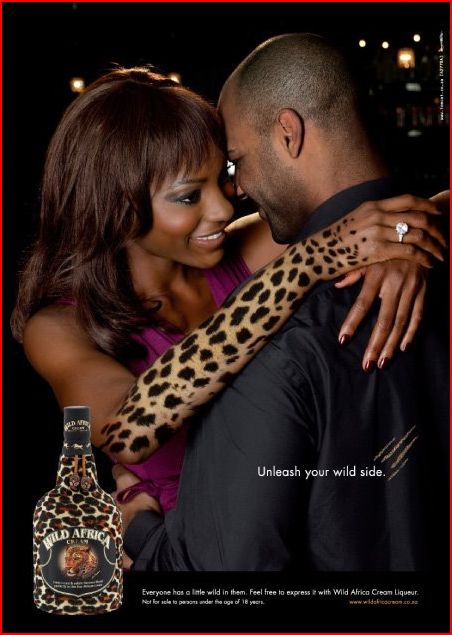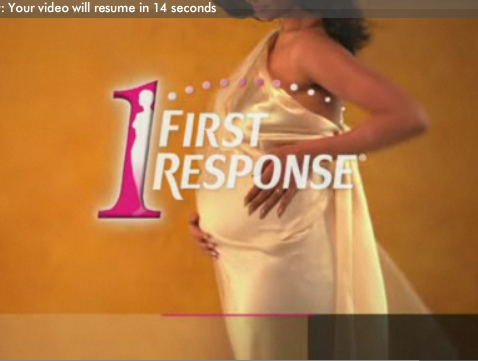HAPPY BIRTHDAY TO SOCIOLOGICAL IMAGES!
Sociological Images is two years old this month. In July of 2007, we had a whopping total of three (3) posts.
We have great fun with the blog and feel very lucky to have such passionate and intelligent readers. Thank you all for reading, commenting, and submitting images!
FROM THE ARCHIVES:
While in Oklahoma this summer, Gwen and I saw a swastika design built into a brick chimney. It reminded us of Wendy’s fascinating post on the history of the swastika symbol from June 2008. Before WWII, it didn’t signify oppressive racist ideology at all. The post features pictures of swastika jewelry, a swastika quilt, and more.
NEWLY ENRICHED POSTS (Look for what’s NEW!):
Race and Inequality
We updated our post about race and toxic release facilities by adding some maps showing high-poverty areas and air pollution in Toronto.
Racialicious had an interesting post about Microsoft’s Natal game initially having trouble recognizing people with “dark skin,” which we added to our post about Nikon’s blink-recognition software problems.
Sex and Sexual Orientation
Another zoo reports a pair of gay penguins raising a chick. We added it to our post on gay animals.
A poster affixed to a tree outside my house was another excellent example of heteronormativity and the social construction of the family. I added it to a previous example (featuring elephants!).
Christine B. sent us some images of sexualized animals used in Orangina ads, which we added to our earlier post about their insane commercial.
Joyous A. sent us a link to a photograph that we just had to add to our post on ejaculation imagery.
Doin’ Good
Also in boobs,we added another example of breast cancer marketing, this time a breast cancer-themed limousine sent in by Steve W., to our post on the topic.
We also added an anti-smoking advertisement threatening women with unattractiveness to a similar anti-drinking advertisement.
Hot Stuff
We added another example of the objectification of men to our post on the topic (NSFW). In this example a mascara wand involves a man who loses his clothes. Thanks to Jennifer C. for sending us the link!
Fiona D. sent in a Belfast Telegraph story on the Lingerie Football League that apparently warranted a slide show with fifty-nine (59) photos. We added some to our post asking “What warrants a slide show?” (scroll down).
Tiffani sent us an ad in which a woman with her head in a clothes washer is used to advertise a credit union in Georgia. See it here.
We also added a billboard, sent in by Sharon G., using sex with women to sell kitchen remodeling. See it here, among our other examples of sex being used to sell homes and house stuff.
And Sarah N. sent us another example of women’s “curves” being used to sell products. We added it to our post on the topic here.
Taylor S. sent us another example of a boob-themed product and we added it to our products-shaped-like-boobs post.
